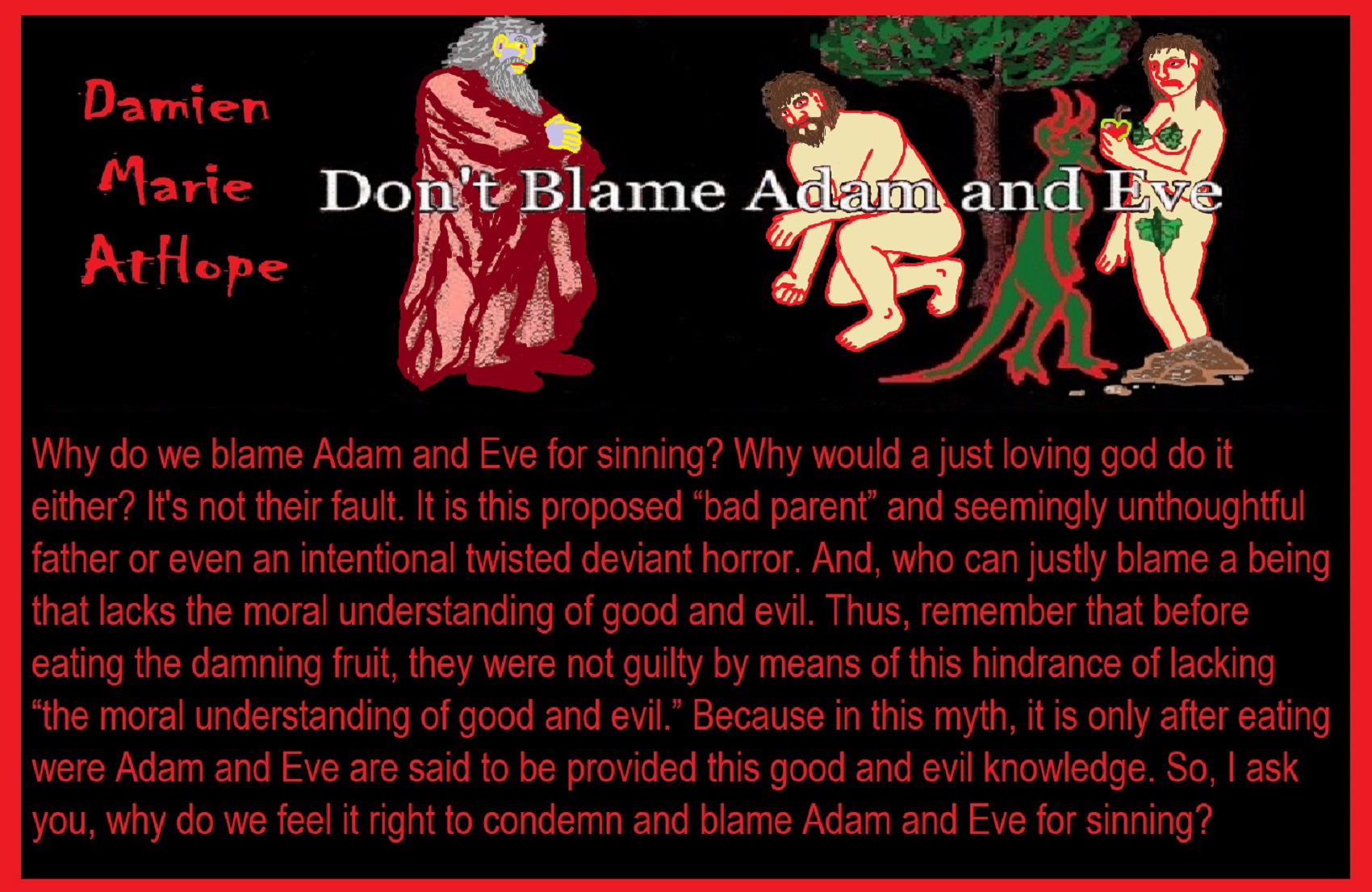
Adam and Eve
“Adam and Eve, according to the creation myth of the Abrahamic religions, were the first man and woman. They are central to the belief that humanity is in essence a single family, with everyone descended from a single pair of original ancestors. They also provide the basis for the doctrines of the fall of man and original sin that are important beliefs in Christianity, although not held in Judaism or Islam.” ref
“In the Book of Genesis of the Hebrew Bible, chapters one through five, there are two creation narratives with two distinct perspectives. In the first, Adam and Eve are not named. Instead, God created humankind in God’s image and instructed them to multiply and to be stewards over everything else that God had made. In the second narrative, God fashions Adam from dust and places him in the Garden of Eden. Adam is told that he can eat freely of all the trees in the garden, except for a tree of the knowledge of good and evil. Subsequently, Eve is created from one of Adam’s ribs to be his companion. They are innocent and unembarrassed about their nakedness. However, a serpent convinces Eve to eat fruit from the forbidden tree, and she gives some of the fruit to Adam. These acts not only give them additional knowledge, but it gives them the ability to conjure negative and destructive concepts such as shame and evil. God later curses the serpent and the ground. God prophetically tells the woman and the man what will be the consequences of their sin of disobeying God. Then he banishes them from the Garden of Eden.” ref
“Neither Adam nor Eve is mentioned elsewhere in the Hebrew scriptures apart from a single listing of Adam in a genealogy in 1 Chronicles 1:1, suggesting that although their story came to be prefixed to the Jewish story, it has little in common with it. The myth underwent extensive elaboration in later Abrahamic traditions, and it has been extensively analyzed by modern biblical scholars. Interpretations and beliefs regarding Adam and Eve and the story revolving around them vary across religions and sects; for example, the Islamic version of the story holds that Adam and Eve were equally responsible for their sins of hubris, instead of Eve being the first one to be unfaithful.” ref
“The opening chapters of the Book of Genesis provide a mythic history of the infiltration of evil into the world. God places the first man and woman (Adam and Eve) in his Garden of Eden, whence they are expelled; the first murder follows, and God’s decision to destroy the world and save only the righteous Noah and his sons; a new humanity then descends from these and spreads throughout the world, but although the new world is as sinful as the old, God has resolved never again to destroy the world by flood, and the History ends with Terah, the father of Abraham, from whom will descend God’s chosen people, the Israelites.” ref
“Adam and Eve are the Bible’s first man and first woman. Adam’s name appears first in Genesis 1 with a collective sense, as “mankind”; subsequently in Genesis 2–3 it carries the definite article ha, equivalent to English “the”, indicating that this is “the man”. In these chapters God fashions “the man” (ha adam) from earth (adamah), breathes life into his nostrils, and makes him a caretaker over creation. God next creates for the man an ezer kenegdo, a “helper corresponding to him”, from his side or rib. The word “rib” is a pun in Sumerian, as the word ti means both “rib” and “life”. She is called ishsha, “woman”, because, the text says, she is formed from ish, “man”. The man receives her with joy, and the reader is told that from this moment a man will leave his parents to “cling” to a woman, the two becoming one flesh.” ref
“The first man and woman are in God’s Garden of Eden, where all creation is vegetarian and there is no violence. They are permitted to eat the fruits of all the trees except one, the tree of the knowledge of good and evil. The woman is tempted by a talking serpent to eat the forbidden fruit, and gives some to the man, who eats also. (Contrary to popular myth she does not beguile the man, who appears to have been present at the encounter with the serpent). God curses all three, the man to a lifetime of hard labour followed by death, the woman to the pain of childbirth and to subordination to her husband, and the serpent to go on his belly and suffer the enmity of both man and woman. God then clothes the nakedness of the man and woman, who have become god-like in knowing good and evil, then banishes them from the garden lest they eat the fruit of a second tree, the tree of life, and live forever.” ref
“The story continues in Genesis 3 with the “expulsion from Eden” narrative. A form analysis of Genesis 3 reveals that this portion of the story can be characterized as a parable or “wisdom tale” in the wisdom tradition. The poetic addresses of the chapter belong to a speculative type of wisdom that questions the paradoxes and harsh realities of life. This characterization is determined by the narrative’s format, settings, and the plot. The form of Genesis 3 is also shaped by its vocabulary, making use of various puns and double entendres.” ref
“The expulsion from Eden narrative begins with a dialogue between the woman and a serpent, identified in Genesis 3:1 as an animal that was more crafty than any other animal made by God, although Genesis does not identify the serpent with Satan. The woman is willing to talk to the serpent and respond to the creature’s cynicism by repeating God’s prohibition against eating fruit from the tree of knowledge (Genesis 2:17). The woman is lured into dialogue on the serpent’s terms which directly disputes God’s command. The serpent assures the woman that God will not let her die if she ate the fruit, and, furthermore, that if she ate the fruit, her “eyes would be opened” and she would “be like God, knowing good and evil” (Genesis 3:5). The woman sees that the fruit of the tree of knowledge is a delight to the eye and that it would be desirable to acquire wisdom by eating the fruit. The woman eats the fruit and gives some to the man (Genesis 3:6). With this the man and woman recognize their own nakedness, and they make loincloths of fig leaves (Genesis 3:7).” ref
“In the next narrative dialogue, God questions the man and the woman (Genesis 3:8–13), and God initiates a dialogue by calling out to the man with a rhetorical question designed to consider his wrongdoing. The man explains that he hid in the garden out of fear because he realized his own nakedness (Genesis 3:10). This is followed by two more rhetorical questions designed to show awareness of a defiance of God’s command. The man then points to the woman as the real offender, and he implies that God is responsible for the tragedy because the woman was given to him by God (Genesis 3:12). God challenges the woman to explain herself, and she shifts the blame to the serpent (Genesis 3:13).” ref
“Divine pronouncement of three judgments is then laid against all the culprits, Genesis 3:14–19. A judgement oracle and the nature of the crime is first laid upon the serpent, then the woman, and, finally, the man. On the serpent, God places a divine curse. The woman receives penalties that impact her in two primary roles: she shall experience pangs during childbearing, pain during childbirth, and while she shall desire her husband, he will rule over her. The man’s penalty results in God cursing the ground from which he came, and the man then receives a death oracle, although the man has not been described, in the text, as immortal. Abruptly, in the flow of text, in Genesis 3:20, the man names the woman “Eve” (Heb. hawwah), “because she was the mother of all living“. God makes skin garments for Adam and Eve (Genesis 3:20).” ref
“The chiasmus structure of the death oracle given to Adam in Genesis 3:19, is a link between man’s creation from “dust” (Genesis 2:7) to the “return” of his beginnings:” you return, to the ground, since from it you were taken, for dust you are, and to dust, you will return.” The garden account ends with an intradivine monologue, determining the couple’s expulsion, and the execution of that deliberation (Genesis 3:22–24). The reason given for the expulsion was to prevent the man from eating from the tree of life and becoming immortal: “Behold, the man is become as one of us, to know good and evil; and now, lest he put forth his hand, and take also of the tree of life, and eat, and live for ever” (Genesis 3:22). God exiles Adam and Eve from the Garden and installs cherubs (supernatural beings that provide protection) and the “ever-turning sword” to guard the entrance (Genesis 3:24).” ref
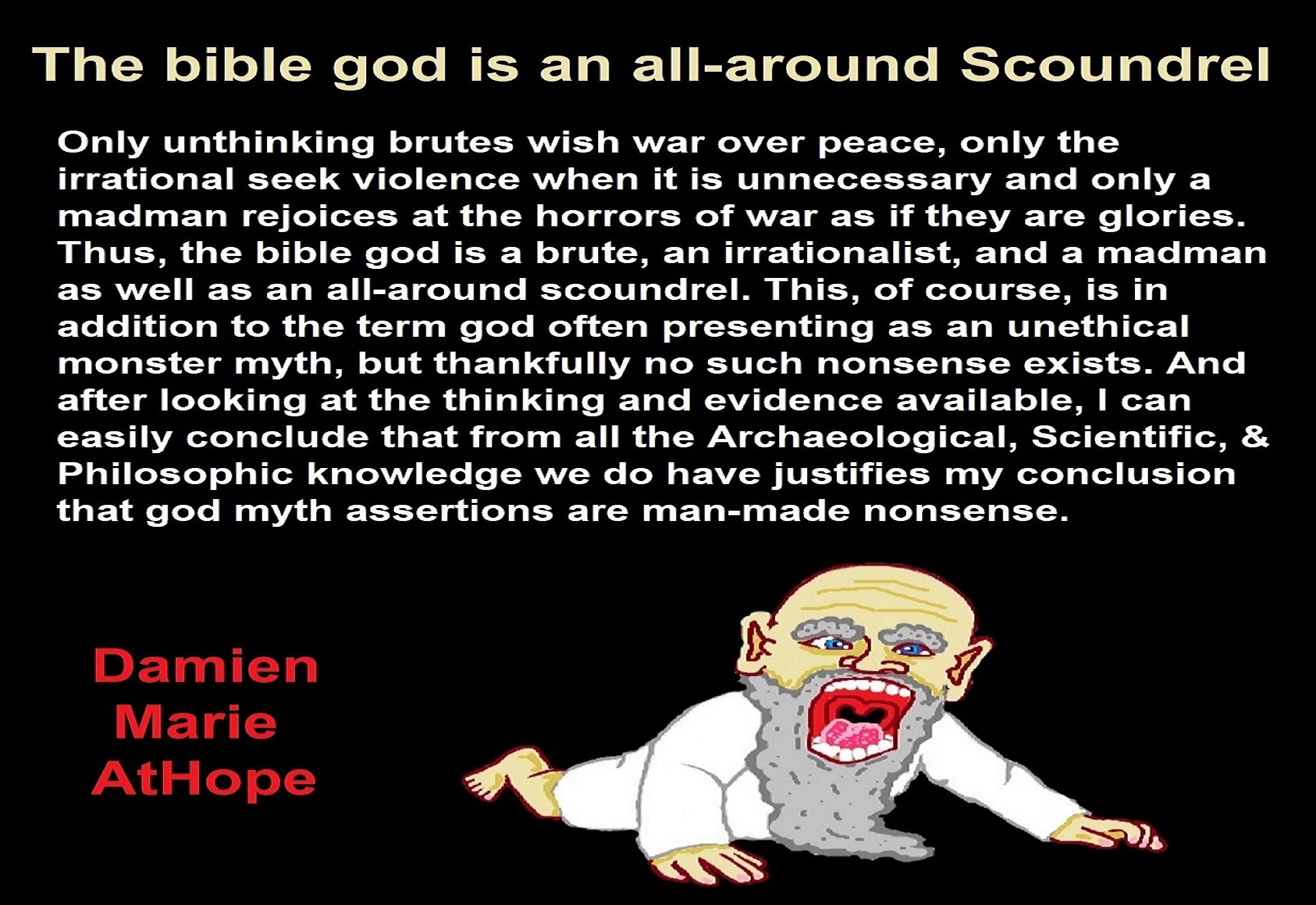
Why would a just “loving-god” do it either? It’s not their fault. It is this proposed “bad parent” and seemingly “unthoughtful father” or even an intentional “twisted deviant” horror. And, who can justly blame a “being” that lacks the moral understanding of good and evil? Thus, remember that before eating the damning fruit from the “Tree of Knowledge of Good and Evil,” they were not guilty by means of this hindrance, of lacking “the moral understanding of good and evil.” Let’s think, because in this myth, it is only after eating from the “Tree of Knowledge of Good and Evil,” were Adam and Eve are said to be provided this good and evil knowledge, which they had before been fully lacking. So, I ask you, why do we feel it right to condemn and blame Adam and Eve for sinning?
Moreover, this needed insight of “good and evil” would be lacking in them prior to eating in order to rightly navigate such moral dilemmas, to begin with. Thus, as they lacked the full moral knowledge to start with, if the myth is taken seriously, a just judge would see the defendants Adam and Eve as being found incompetent to stand trial due to their inability to understand the nature and consequences of their actions at the time of the proposed offense. So again, we must keep forefront the conception of lacking such understanding to even call them guilty. Because without the understanding of this of action, as being understood as evil, it must be that the god claimed in this myth which we may propose as the true evil one.
Yes, I blame such a god, putting the blame where it belongs, this claimed god is the one that made them with moral blindness, to begin with, they had no chance they did not understand good and evil until eating the fruit. This brings me to another point, of this unethical and uncaring god is actually the one at fault and the only one with the claimed pre-knowledge of “good or evil.” Why if you were a loving father would you put such a dangerous and deadly thing, like the “Tree of Knowledge of Good and Evil” where anyone of “moral ignorance” could get to it in the first place? A good father is a protector, not one who puts his children in harm’s way and then blames them. This also brings up another strike against this unethical god who not only left the morally innocent Adam and Eve to possibly harm themselves which is more proof that it is this negligent father god who is truly the one to blame for any harm his morally innocent children Adam and Eve incurred.
Competency or Capacity to Stand Trial
“A defendant cannot be convicted of a crime if they are not mentally competent to stand trial. This would violate constitutional protections for defendants by denying them the right to a fair trial. Competency involves being able to understand the proceedings and play a role in their defense. A lack of competency forms a roadblock to a trial and conviction regardless of how strong the prosecution’s evidence may be.” ref
“Diminished capacity is a theory that a person due to unique factors could not meet the mental state required for a specific intent crime. A diminished capacity plea differs in important ways from an insanity defense. Insanity is an affirmative defense to crimes. That is, a successful plea of insanity will, in most states, result in a verdict of not guilty and the commission of the defendant to a mental institution. Diminished capacity, on the other hand, merely results in the defendant being convicted of a lesser offense. The diminished capacity plea is based on the belief that certain people, because of mental impairment or disease, are simply incapable of reaching the mental state required to commit a particular crime. In the example of murder and manslaughter, a diminished capacity defense contends that a certain defendant is incapable of intending to cause a death, and therefore must have at most caused such a death recklessly.” ref
“The insanity defense refers to a defense that a defendant can plead in a criminal trial. In an insanity defense, the defendant admits the action but asserts a lack of culpability based on mental illness. While “reason of insanity” is a full defense to a crime — that is, pleading “reason of insanity” is the equivalent of pleading “not guilty” — “diminished capacity” is merely pleading to a lesser crime. A diminished capacity defense can be used to negate the element of intent to commit a crime.” ref
“If you are accused of a crime, you have the right to a fair trial to determine whether you are innocent or guilty. This is an internationally recognised human right. Fair trials help establish the truth and are vital for everyone involved in a case. They are a cornerstone of democracy, helping to ensure fair and just societies, and limiting abuse by governments and state authorities. The power of the state to arrest, prosecute and punish an individual is the most coercive use of state authority short of warfare. This power must be exercised with restraint and there must be safeguards in place to protect the rights of accused people throughout the criminal process. People who have been suspected of a crime should be treated with dignity and compassion, and if convicted, should not be defined by this act. Protecting the right to a fair trial is not just about ensuring that the processes leading up to and following a trial protect an individual’s fundamental rights. It’s also about ensuring that our criminal legal systems, and the societies we live in, are fair, equal, and just.” ref
Juveniles and Competency to Stand Trial
“As of October 2022, 24 states in the U.S. have no minimum age for prosecuting children. The U.S. is an outlier throughout the world in the practice of prosecuting young children in court; 14 is the most common minimum age of criminal responsibility internationally. The National Juvenile Justice Network calls on all states to set a minimum age of prosecution of no lower than 14-years-old in accordance with the standards set forth by the United Nations Convention on the Rights of the Child (CRC).” ref
“In Dusky vs. United States, 362 US 402 (1960), the United States Supreme Court ruled that all criminal defendants must be competent to stand trial. The test for competency announced by the Court in Dusky is whether the defendant has a “sufficient present ability to consult with his lawyer with a reasonable degree of rational understanding and whether he has a rational as well as a factual understanding of the proceedings against him.” This commonly has been referred to as a two-prong test—whether the accused understands the charges and legal process against him and whether he is able to assist his lawyer in his own defense. Dusky prompted changes in legislation throughout the country. All states have enacted legislation to comply with the Dusky standard as applied to defendants in adult criminal court. These statutes typically apply the same Dusky standard to all criminal court defendants, regardless of whether the defendant is suffering from dementia, schizophrenia, or depression, or if the defendant is 14, 34, or 74 years of age.” ref
“Virginia School Shooting Tests How Young Is Too Young to be Prosecuted. When news emerged that a 6-year-old had shot and wounded a teacher in a Virginia elementary school Jan. 6, the Virginia shooting was not without precedent: There have been at least 11 cases where a child 10 or younger pulled the trigger since 1999. Most of those shootings were unintentional, but in 2000, a 6-year-old boy fatally shot a first-grade classmate in Michigan. Also unique to the U.S. is the fact that prosecutors are reportedly weighing whether to bring charges against the boy accused of the Virginia shooting. Internationally, the average age of criminal responsibility — the youngest age at which a person can be charged with a crime — is 14 years old. Virtually every country on earth explicitly prohibits prosecutors from charging children under 7 with a crime, according to data compiled by the Child Rights International Network. Virginia, by contrast, is one of 24 states in the U.S. that has no minimum age for prosecution, according to the National Juvenile Justice Network, a fact the group calls “shocking to the conscience.” ref
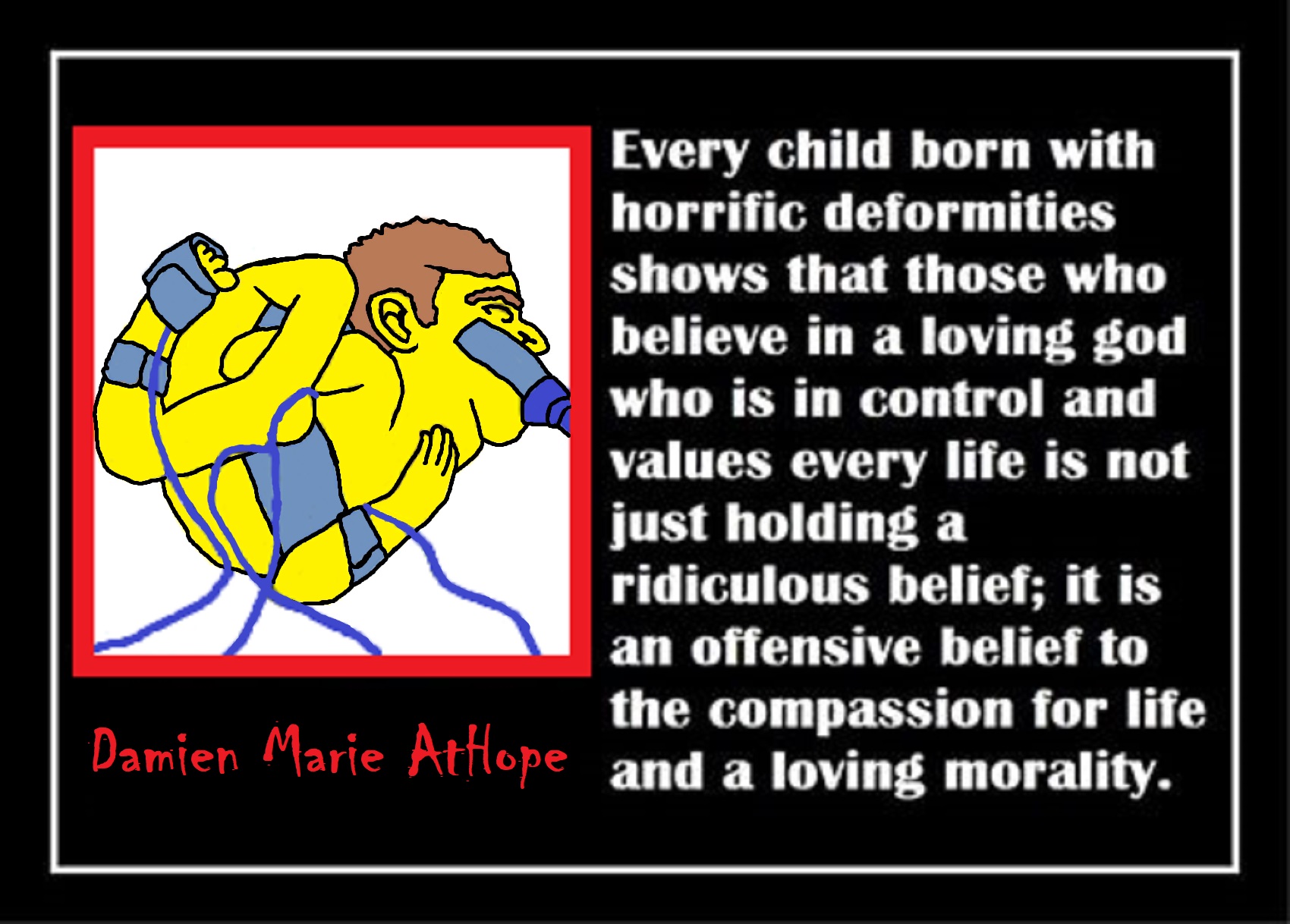
“Child abuse (also called child endangerment or child maltreatment) is physical, sexual, and/or psychological maltreatment or neglect of a child or children, especially by a parent or a caregiver. Child abuse may include any act or failure to act by a parent or a caregiver that results in actual or potential harm to a child and can occur in a child’s home, or in the organizations, schools, or communities the child interacts with. The terms child abuse and child maltreatment are often used interchangeably, although some researchers make a distinction between them, treating child maltreatment. As of 2006, the World Health Organization distinguishes four types of child maltreatment: physical abuse; sexual abuse; emotional (or psychological) abuse; and neglect.” ref
“Definitions of what constitutes child abuse vary among professionals, between social and cultural groups, and across time. The terms abuse and maltreatment are often used interchangeably in the literature. Child maltreatment can also be an umbrella term covering all forms of child abuse and child neglect. Defining child maltreatment depends on prevailing cultural values as they relate to children, child development, and parenting. Definitions of child maltreatment can vary across the sectors of society which deal with the issue, such as child protection agencies, legal and medical communities, public health officials, researchers, practitioners, and child advocates. Since members of these various fields tend to use their own definitions, communication across disciplines can be limited, hampering efforts to identify, assess, track, treat, and prevent child maltreatment.” ref
“In general, abuse refers to (usually deliberate) acts of commission while neglect refers to acts of omission. Child maltreatment includes both acts of commission and acts of omission on the part of parents or caregivers that cause actual or threatened harm to a child. Some health professionals and authors consider neglect as part of the definition of abuse, while others do not; this is because the harm may have been unintentional, or because the caregivers did not understand the severity of the problem, which may have been the result of cultural beliefs about how to raise a child. Delayed effects of child abuse and neglect, especially emotional neglect, and the diversity of acts that qualify as child abuse, are also factors.” ref
“The World Health Organization (WHO) defines child abuse and child maltreatment as “all forms of physical and/or emotional ill-treatment, sexual abuse, neglect or negligent treatment or commercial or other exploitation, resulting in actual or potential harm to the child’s health, survival, development or dignity in the context of a relationship of responsibility, trust or power.” The WHO also says, “Violence against children includes all forms of violence against people under 18 years old, whether perpetrated by parents or other caregivers, peers, romantic partners, or strangers.” In the United States, the Centers for Disease Control and Prevention (CDC) uses the term child maltreatment to refer to both acts of commission (abuse), which include “words or overt actions that cause harm, potential harm, or threat of harm to a child”, and acts of omission (neglect), meaning “the failure to provide for a child’s basic physical, emotional, or educational needs or to protect a child from harm or potential harm”. The United States federal Child Abuse Prevention and Treatment Act defines child abuse and neglect as, at minimum, “any recent act or failure to act on the part of a parent or caretaker which results in death, serious physical or emotional harm, sexual abuse or exploitation” or “an act or failure to act which presents an imminent risk of serious harm.” ref
“There are multiple definitions of child psychological abuse:
- In 1995, The American Professional Society on the Abuse of Children (APSAC) defined it as: spurning, terrorizing, isolating, exploiting, corrupting, denying emotional responsiveness, or neglect” or “A repeated pattern of caregiver behavior or extreme incident(s) that convey to children that they are worthless, flawed, unloved, unwanted, endangered, or only of value in meeting another’s needs”
- In 2013, the American Psychiatric Association (APA) added Child Psychological Abuse to the DSM-5, describing it as “nonaccidental verbal or symbolic acts by a child’s parent or caregiver that result, or have reasonable potential to result, in significant psychological harm to the child.”
- In the United States, states’ laws vary, but most have laws against “mental injury” against minors.
- Some have defined it as the production of psychological and social defects in the growth of a child or minor as a result of behavior such as loud yelling, coarse and rude attitude, inattention, harsh criticism, and denigration of the child’s personality. Other examples include name-calling, ridicule, degradation, destruction of personal belongings, torture or killing of a pet, excessive or extreme unconstructive criticism, inappropriate or excessive demands, withholding communication, and routine labeling or humiliation.” ref
“In 2014, the APA found that child psychological abuse is the most prevalent form of childhood abuse in the United States, affecting nearly 3 million children annually. Research has suggested that the consequences of child psychological abuse may be equally as harmful as those of sexual or physical abuse. Victims of emotional abuse may react by distancing themselves from the abuser, internalizing the abusive words, or fighting back by insulting the abuser. Emotional abuse can result in abnormal or disrupted attachment development, a tendency for victims to blame themselves (self-blame) for the abuse, learned helplessness, and overly passive behavior in order to avoid such a situation again.” ref
“Child neglect is the failure of a parent or other person with responsibility for the child, to provide needed food, clothing, shelter, medical care, or supervision to the degree that the child’s health, safety or well-being may be threatened with harm. Neglect is also a lack of attention from the people surrounding a child, and the non-provision of the relevant and adequate necessities for the child’s survival, which would be a lack of attention, love, and nurturing.” ref
“Some observable signs of child neglect include: the child is frequently absent from school, begs or steals food or money, lacks needed medical and dental care, is consistently dirty, or lacks appropriate clothing for the weather. The 2010 Child Maltreatment Report (NCANDS), a yearly United States federal government report based on data supplied by state Child Protective Services (CPS) Agencies in the U.S., found that neglect/neglectful behavior was the “most common form of child maltreatment.” ref
“Neglectful acts can be divided into six sub-categories:
- Supervisory neglect: characterized by the absence of a parent or guardian which can lead to physical harm, sexual abuse, or criminal behavior;
- Physical neglect: characterized by the failure to provide the basic physical necessities, such as a safe and clean home;
- Medical neglect: characterized by the lack of providing medical care;
- Emotional neglect: characterized by a lack of nurturance, encouragement, and support;
- Educational neglect: characterized by the caregiver’s lack to provide an education and additional resources to actively participate in the school system; and
- Abandonment: when the parent or guardian leaves a child alone for a long period of time without a babysitter or caretaker.” ref
“Neglected children may experience delays in physical and psychosocial development, possibly resulting in psychopathology and impaired neuropsychological functions including executive function, attention, processing speed, language, memory, and social skills. Researchers investigating maltreated children have repeatedly found that neglected children in the foster and adoptive populations manifest different emotional and behavioral reactions to regain lost or secure relationships and are frequently reported to have disorganized attachments and a need to control their environment. Such children are not likely to view caregivers as being a source of safety, and instead typically show an increase in aggressive and hyperactive behaviors which may disrupt healthy or secure attachment with their adopted parents. These children seem to have learned to adapt to an abusive and inconsistent caregiver by becoming cautiously self-reliant, and are often described as glib, manipulative, and disingenuous in their interactions with others as they move through childhood. Children who are victims of neglect can have a more difficult time forming and maintaining relationships, such as romantic or friendship, later in life due to the lack of attachment they had in their earlier stages of life.” ref
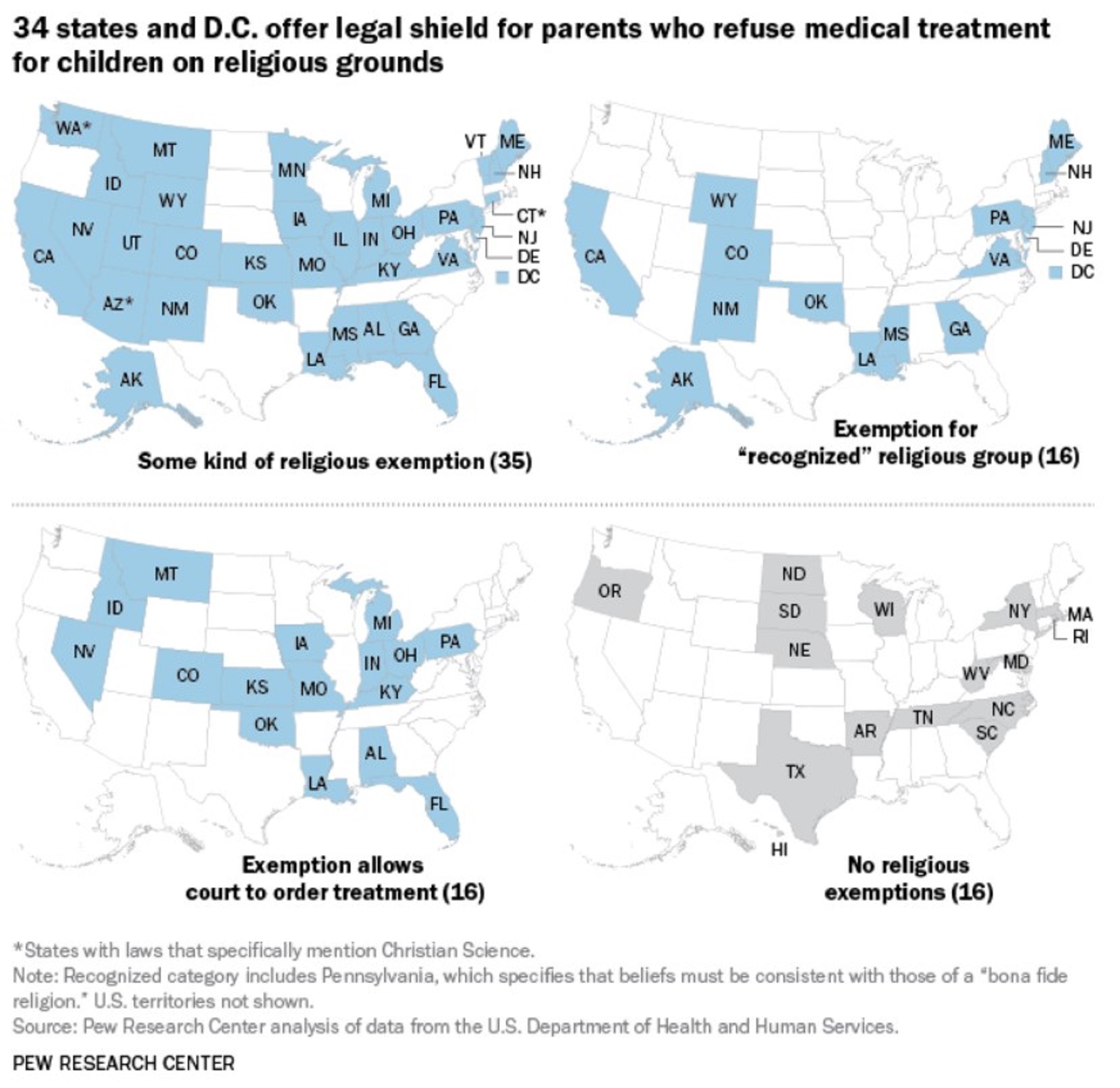
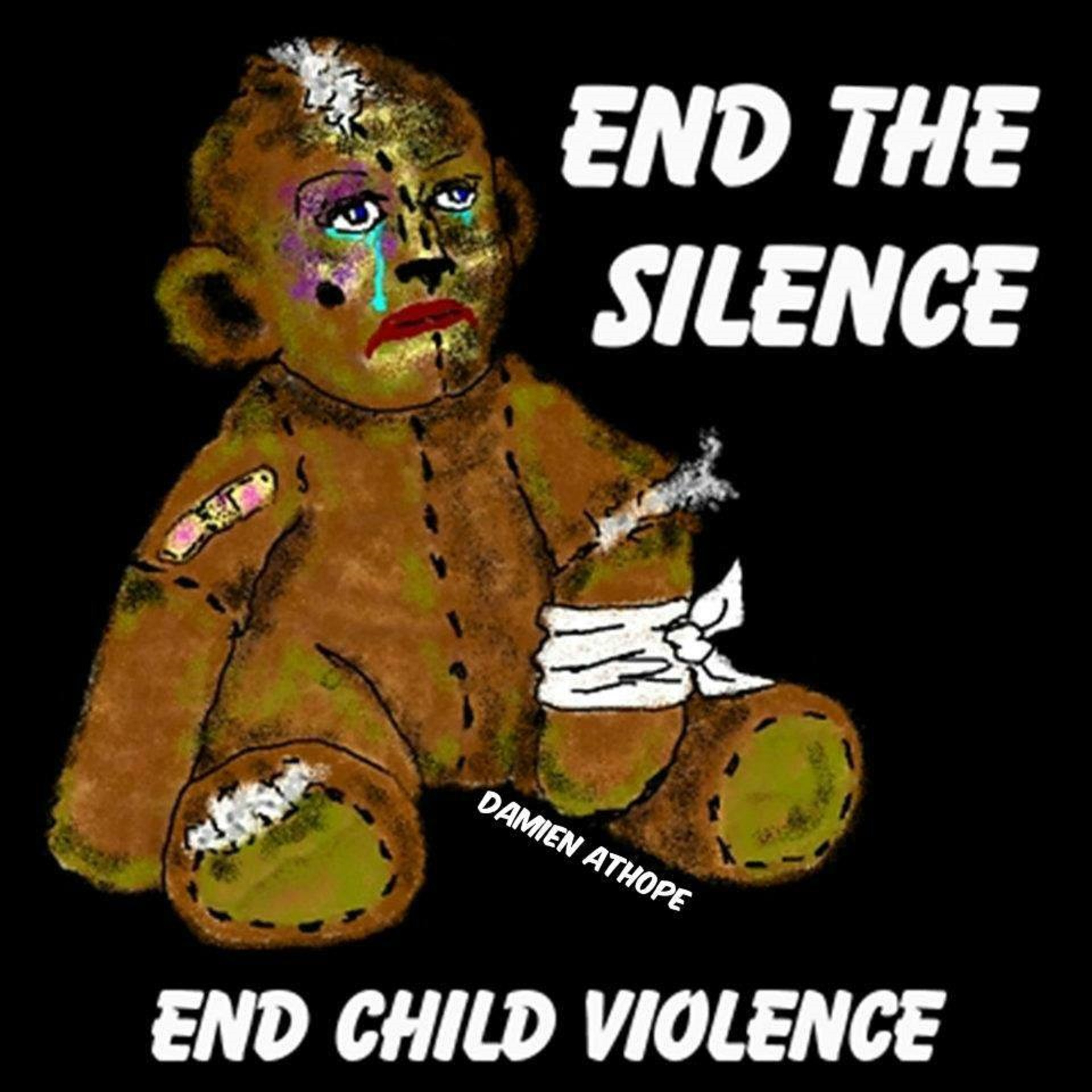


“While a traditional view was that the Book of Genesis was authored by Moses and has been considered historical and metaphorical, modern scholars consider the Genesis creation narrative as one of various ancient origin myths. Analysis like the documentary hypothesis also suggests that the text is a result of the compilation of multiple previous traditions, explaining apparent contradictions. Other stories of the same canonical book, like the Genesis flood narrative, are also understood as having been influenced by older literature, with parallels in the older Epic of Gilgamesh.” ref
“The Primeval History forms the opening chapters of the Torah, the five books making up the history of the origins of Israel. This achieved something like its current form in the 5th century BCE, but Genesis 1–11 shows little relationship to the rest of the Bible: for example, the names of its characters and its geography – Adam (man) and Eve (life), the Land of Nod (“Wandering”), and so on – are symbolic rather than real, and almost none of the persons, places and stories mentioned in it are ever met anywhere else.” ref
“This has led scholars to suppose that the History forms a late composition attached to Genesis and the Pentateuch to serve as an introduction. Just how late is a subject for debate: at one extreme are those who see it as a product of the Hellenistic period, in which case it cannot be earlier than the first decades of the 4th century BCE; on the other hand the Yahwist source has been dated by some scholars, notably John Van Seters, to the exilic pre-Persian period (the 6th century BCE) precisely because the Primeval History contains so much Babylonian influence in the form of myth. The Primeval History draws on two distinct “sources”, the Priestly source and what is sometimes called the Yahwist source and sometimes simply the “non-Priestly”; for the purpose of discussing Adam and Eve in the Book of Genesis the terms “non-Priestly” and “Yahwist” can be regarded as interchangeable.” ref
“Scientific developments within the natural sciences have shown evidence that humans, and all other living and extinct species, share a common ancestor and evolved through natural processes, over billions of years to diversify into the life forms we know today. In biology, the most recent common ancestors of humans, when traced back using the Y-chromosome for the male lineage and mitochondrial DNA for the female lineage, are commonly called the Y-chromosomal Adam and Mitochondrial Eve, respectively. These do not fork from a single couple at the same epoch even though the names were borrowed from the Tanakh.” ref

Damien Marie AtHope’s Art
Archaeology Disproves the Bible:
1. Adm and Eve 6,000-Year-Old humanity Myth:
Genetic ‘Adam’ and ‘Eve’ Uncovered: https://www.livescience.com/38613-genetic-adam-and-eve-uncovered.html
“Researchers believe that modern humans left Africa between 60,000 and 200,000 years ago, and that the mother of all women likely emerged from East Africa. But beyond that, the details get fuzzy.” ref
Y-chromosomal Adam or human genetics Y-DNA most recent common ancestor (160,000-300,000 years ago): https://en.wikipedia.org/wiki/Y-chromosomal_Adam
Mitochondrial Eve or human genetics mt-DNA most recent common ancestor (100,000–230,000 years ago): https://en.wikipedia.org/wiki/Mitochondrial_Eve
Did a discrete event 200,000-100,000 years ago produce modern humans: https://www.ncbi.nlm.nih.gov/m/pubmed/22658331/?fbclid=IwAR1BjrR4iyHHaDebdPobOJY9jhJJCF2tsAmjp-WUPjMVosvHNs0UPzgkbIU
“Scenarios for modern human origins are often predicated on the assumption that modern humans arose 200,000-100,000 years ago in Africa. This assumption implies that something ‘special’ happened at this point in time in Africa, such as the speciation that produced Homo sapiens, a severe bottleneck in human population size, or a combination of the two. The common thread is that after the divergence of the modern human and Neandertal evolutionary lineages ∼400,000 years ago, there was another discrete event near in time to the Middle-Late Pleistocene boundary that produced modern humans. Alternatively, modern human origins could have been a lengthy process that lasted from the divergence of the modern human and Neandertal evolutionary lineages to the expansion of modern humans out of Africa, and nothing out of the ordinary happened 200,000-100,000 years ago in Africa. Three pieces of biological (fossil morphology and DNA sequences) evidence are typically cited in support of discrete event models. First, living human mitochondrial DNA haplotypes coalesce ∼200,000 years ago. Second, fossil specimens that are usually classified as ‘anatomically modern’ seem to appear shortly afterward in the African fossil record. Third, it is argued that these anatomically modern fossils are morphologically quite different from the fossils that preceded them.” ref
2. The Bible flood myth:
Flood Accounts: Gilgamesh epic (4,100 years ago) Noah in Genesis (2,600 years ago)
Everyone Killed in the Bible Flood? “Nephilim” (giants)?
Was Noah’s Ark found on Mount Ararat as claimed by Ron Wyatt? No, of course not.
3. The myth of the Exodus:
Hey, Damien dude, I have a question for you regarding “the bible” Exodus.
Is there EXODUS ARCHAEOLOGY? The short answer is “no.”
4. The myth of conquering the land of Canaan; the land which the tribes of Israel supposedly conquered after the supposed Exodus from Egypt (such as the lie of Jericho):
Canaanites and Israelites?
The Jericho Conquest lie?
Bible Battle, Just More, Bible Babble
5. The bible myth about a ‘United Monarchy’ full of splendor and power – the period of Saul, David and Solomon–as presented in the biblical account.
‘United Monarchy’ full of splendor and power – Saul, David, and Solomon? Most likely not.
Archaeology disproves the all the beginning of the bible thus discredits
all Abrahamic religions are based on it, so this includes Jewish, Christian, Muslim, Mormon, etc.
Faith seems to be found among the foolish but is an imprisoned tormented fool among the wise. Faith is like the Gloryhole of bad thinking and the Champion of unsupported beliefs. I reject the notion that humans are born with the inclination for Religion. Rather, we are born with a superstitious Animism thinking mind until the age of about 7 years old and it is out of this childlike daydreaming that Religion emerges with the help of people desiring to control.
The Bible Unearthed: Archaeology’s New Vision of Ancient Israel and the Origin of Its Sacred Texts, involves leading scholars Israel Finkelstein and Neil Asher Silberman who draw on recent archaeological research to present a dramatically revised portrait of ancient Israel and its neighbors. They argue that crucial evidence (or a telling lack of evidence) at digs in Israel, Egypt, Jordan, and Lebanon suggests that many of the most famous stories in the Bible—the wanderings of the patriarchs, the Exodus from Egypt, Joshua’s conquest of Canaan, and David and Solomon’s vast empire—reflect the world of the later authors rather than actual historical facts. What they argue, in chapter after chapter, is that these books of the Bible make the most sense as coming out of a seventh-century (BC) context. A lot of the Bible is royal and elite propaganda to justify empire expanding through conquest. Overall the differing archaeology evidence and the complete lack of any confirming archaeology evidence is devastating to all the Abrahamic religions. Ref
Some stories in the Bible were meant to be history, others fiction. But modernity has obscured the original distinction between the two kinds of biblical writing, depriving readers of the depth of the text. Perhaps surprisingly, this confusion lies at the heart of the History Channel’s miniseries “The Bible,” which continues the pattern of blurring history and fiction, and thereby misrepresenting the nature of the Bible to its viewers. One way to understand the difference between history and fiction in the Bible is through the Old Testament’s natural division into three parts:
- The world and its nature (Adam to Terah).
- The Israelites and their purpose (Abraham to Moses).
- The Kingdom of Israel and life in Jerusalem (roughly from King David onward).
Even a cursory look reveals a clear and significant pattern. In the first section, characters live many hundreds of years, and in the second, well into their second century. Only in the third section do biblical figures tend to live biologically reasonable lives. For example, Adam, in the first section, lives to the symbolic age of 930, and Noah lives even twenty years longer than that. Abraham, from the second section, lives to be 175, his son Issac to 180, and Jacob “dies young” at the age of 147. But the lifespans from King David onward, in the third section, are in line with generally accepted human biology. Furthermore, historians mostly agree that only the third section represents actual history. The reasonable ages in the third section of the Bible, and, in particular, the wildly exaggerated ages in the first, suggest that the authors of the Old Testament intended only the third part as history. Underscoring this crucial difference, some of the lifespans in the first two sections are so absurd as to defy literal interpretation. These hugely advanced ages are central clues about the point of the stories. The Old Testament contains a wide range of texts in addition to stories: laws, prayers, moral codes, and more. But even the stories come in more than one variety. Noah and the Great Flood are not in the same category as Moses and the Ten Commandments, and both are different than King David and the First Temple. History and fiction mingle throughout the Old Testament, so these divisions are just rough guides. Jeremiah’s historical description of the siege on Jerusalem is not the same as Ezekiel’s non-historical vision of the dry bones, just as there are historical elements (like the invention of fire-hardened bricks) even in the non-historical account of the Tower of Babel. The interesting point here is not that some of these stories happened and some didn’t (though that’s almost certainly true). The point is that the Bible itself portrays them differently, only presenting some of them as having happened. In other words, sometimes “believing the Bible” means believing that a story in it didn’t happen. The situation not unlike a modern newspaper, which combines news with opinion, puzzles, comics, etc. The news can be accurate even if the comics are not. The same is true for the different parts of the Bible. The New Testament similarly offers more than just stories, and, as with the Old Testament, only some of the stories in the New Testament were meant as history. Others were intended to convey things like theology and morality. The account of Jesus’ life in the Gospels is not the same as the beast in Revelation or Adam’s life in Genesis. (The issue of different categories for Jesus and Adam is a matter of fierce modern debate because of its potential theological significance and its interaction with the theory of evolution.) All of this is important for people who want to believe, for instance, that a man named Jesus was crucified in ancient Jerusalem (as described in the Gospels) even if they don’t believe that a donkey spoke aloud (Numbers); or that Jews lived in Jerusalem during the first millennium BC (Kings, for example) even if they didn’t leave Egypt 600,000 strong (Exodus). Ref
Pagan Yahwism: The Folk Religion of Ancient Israel
The Bible imagines the religion of ancient Israel as purely monotheistic. And doubtless there were Israelites, particularly those associated with the Jerusalem Temple, who were strict monotheists. But the archaeological evidence (and the Bible, too, if you read it closely enough) suggests that the monotheism of many Israelites was far from pure. For them, Yahweh (the name of the Israelite god) was not the only divinity. Some Israelites believed that Yahweh had a female consort. And many Israelites invoked the divinity with the help of images, particularly figurines. I call this Israelite religion pagan Yahwism. The archaeological evidence we will look at comes mostly from Judah in what is known in archaeological terms as the Assyrian period, the span from 721 B.C.E., when the Assyrians destroyed the northern kingdom of Israel, until 586 B.C.E., when the Babylonians conquered Jerusalem, destroyed the Temple and brought an end to the Davidic dynasty in Judah. This period, to put it into perspective, is several centuries after King Solomon built the Jerusalem Temple in about 950 B.C.E. So the archaeological evidence we are about to discuss documents a level of Israelite paganism long after Solomon built an exclusive home for Israel’s god. While Yahweh was the god of the Israelites, other nations had their own national gods. The chief god of the Phoenicians was Ba‘al. For the Philistines, the chief god was at first Dagon and later also Ba‘al (Judges 16:23; 2 Kings 1:2). For the Ammonites it was Milkom. For the Moabites, Chemosh. For the Edomites, Qos. And for the Israelites and Judahites—Yahweh. Except for the Edomite god Qos, who appears only in the archaeological record, all of these gods are mentioned in the Bible (1 Kings 11:5, 7, 33). Interestingly, while each nation’s chief god had a distinctive name, his consort, the chief female deity, had the same name in all these cultures: Asherah or its variants Ashtoreth or Astarte. (As we shall see, this was even true of Yahweh’s consort.) Not only was the female consort the same, the various nations used the same cult objects, the same types of incense altars made of stone and clay, the same bronze and clay censers, cult stands and incense burners, the same chalices and goblets and the same bronze and ivory rods adorned with pomegranates. It was easy to take cult vessels of one deity and place them in the service of another one—and this was commonly done. Ref
How Should We Study Ancient Israelite Religion?
If we propose to study the history of the religion of ancient Israel, we must be governed by the same postulates that are the basis of modern historical method. Our task must be a historical, not a theological, enterprise. We must trace the origins and development of Israel’s religion, its emergence from its West Semitic, particularly Canaanite, past, its continuities with the past, its innovations, individual or peculiar configurations, its new emergent whole, and its subsequent changes and evolution. In the past historical questions of “origins” or “emergence” of the ancient Israelite religion could not be answered satisfactorily and indeed were rarely addressed. Today, thanks to the archaeological exploration of Israel and neighboring lands, the history of Israel has become part of the history of the ancient Near Eastern world. Israel’s ancient literature can be viewed increasingly as evolving out of the genres of kindred literatures. We possess Northwest Semitic epic literature from a century or so before Moses. The religion of Israel can now be described in its continuities with, and in its contrasts with, contemporary Near Eastern and especially West Semitic mythology and cult. Ref
Accurate Account on how did Christianity Began?
My blogs on the Bible, Judaism, and Christianity
- Sedentism and the Creation of goddesses around 12,000 years ago as well as male gods after 7,000 years ago.
- Progressed organized religion starts, an approximately 5,000-year-old belief system
- When was the beginning: TIMELINE OF CURRENT RELIGIONS? Around 4,000 years ago.
- What is early monotheism, are Atenism and Zoroastrianism totally monotheistic?
- Creationism (pseudoscience)
- Creationism is a Debunked Religious Conspiracy Theory.
- List of Creation Myths?
- Evolution is FACT in many ways!
- Is Evolution a Theory or a Fact? “It is both.”
- Technological Advances in Evolution
- Dating the BIBLE: naming names and telling times (written less than 3,000 years ago, provable to 2,200 years ago)
- Genetic studies on Jewish DNA is not 6,000 years old but has origin links to about 20,000 to 30,000 years ago?
- Everyone Killed in the Bible Flood? “Nephilim” (giants)?
- Bible Cosmology is Laughable
- Flat Earth Mania: a debunked religious theory, given new life in the post-truth world
- Attacking Biblical Statements for a “fixed” and “immovable” Earth
- No “dinosaurs and humans didn’t exist together just because some think they are in the bible itself”
- Is bible god ethical? & Would It Be Bad or Good if God Exists? (axiological “value theory” questions)
- Animistic, Totemistic, and Paganistic Superstition Origins of bible god and the bible’s Religion.
- Jews, Judaism, and the Origins of Some of its Ideas
- Jews enslaved in Egypt is Myth…..
- Sexism in Judaism (old Testament)
- Hey, Damien dude, I have a question for you regarding “the bible” Exodus.
- Evil bible god? YES OF COURSE
- Is god choiceless or standardless or removed from ethics?
- Axiological Atheism Morality Critique: of the bible god
- Your god concept is vile…
- Bible god repented of Evil?
- God the unethical father?
- David’s Punishment for Rape? God’s “Forgiveness and Baby Killing ” (2 Samuel 12:11-14)
- “hi, enemy of god” – Challenger
- Christian Hate Groups?
- God Originated Mortality?
- Faith and the Three Stooges: bhagavad-gita, bible & quran
- So the 10 commandments isn’t anything to go by either right?
- Interview with Jeff Tadlock (Stairway To Reason)
- Horned female shamans and Pre-satanism Devil/horned-god Worship? at least 10,000 years ago
- 9,000-8,500 year old Female shaman Bad Dürrenberg Germany
- Satanism More or Less
- The Devil?
- Devil, Satan, Lucifer, and the Serpent? Guess What They are Not the Same.
- Are All Religions That Existed Before Christianity From the Devil?
- The King James Mistakes Lucifer as Satan
- Accurate Account on how did Christianity Began?
- Bill Zuersher and his book “Seeing through Christianity: A Critique of Beliefs and Evidence”
- Archaeology Disproves the Bible
- I Believe Archaeology, not Myths & Why Not, as the Religious Myths Already Violate Reason!
- Did a Volcano Inspire the bible god?
- Bible Battle, Just More, Bible Babble
- The Jericho Conquest lie?
- Traces of Totemism In Judaism
- Canaanites and Israelites?
- Was Noah’s Ark found on Mount Ararat as claimed by Ron Wyatt? No, of course not.
- Accurate Account on how did Christianity Began?
- Christian 35 years, read the bible twice, and took two religious classes before the conclusion of atheism.
- Compare and Contrast (religious and non-religious)
- Losing My Religion and MY Faith Addiction
- A Christian supporter, Damien Marie AtHope is winning fans but dredging up Old Adversaries?
- christofascism (christian and fascism) as well as religiofascism (religion and fascism)
- What makes Atheism a better way of thinking in life?
- Damien, I’m open AND a Christian!
- Incapable of making a decision on if there is or not a god?
- It’s Not the Deity You See as Possible But How Many You Reject
- Christians Don’t Believe the Entire Bible
- Muslim Terrorists and Christian Terrorists?
- True Christian® ???
- What is bible and Who is jesus???
- Rethinking Jesus?
- Jesus Christ Wanted for producing the hate and fear literature, the so-called “Holy Bible?”
- The Bible shows a racist character of jESUS who was not god but was a bigot “if real”
- jESUS (a fake story) explained as a real bigot but not a gOD
- The bible god Myth is Not True but The Prejudice is.
- Paulism vs Jesus
- Please explain why anyone would follow jesus’ teachings?
- Christianity Believers: Consider This
- Let’s talk about Christianity.
- Misinformed christian
- Dealing with Presuppositionalism, a school of Christian apologetics (Fascistic Fideism or “faith-ism”)
- Bible Defender?
- How Caring and Unconditionally Loving is the bible god Character?
- The So-Called Love of bible god is Actually a Pseudo Love.
- Sexism in Christianity (New Testament)
- New Testament: bigotry, cruelty, sexism, slavery, racism, etc.
- Slavery, Racism, Religion and the Confederate Flag
- New Testament on Slavery
- Rape, Sexism, and Religion?
- Was the Value of Ancient Women Different?
- Sexism in the BIBLE: chapter and verse!
- Sexism in Catholicism
- Sexism in Protestantism
- Sexism in Mormonism
- Sexism in Jehovah Witness
- Feminist atheists as far back as the 1800s?
- Anti-theism makes no logical sense?
- Out of Africa: “the evolution of religion seems tied to the movement of people”
- The Evolution of Religion and Removing the Rationale of Faith
- Explaining My thoughts on the Evolution of Religion
- Speech on the Evolution of Religion & Religious Sexism
- Understanding Religion Evolution: Animism, Totemism, Shamanism, Paganism & Progressed organized religion
- Addressing a Theistic Philosopher with Fallacious Thinking
- Caring firebrand atheism vs. Christian nationalism and dominionism
- Caring Firebrand Axiological Atheist, Antitheist, and Antireligionist as a Valuized Ethical Duty.
- Firebrand Atheist Dealing with Christian, Threat Prayers
- “Damien, you are a strong atheist. I am wondering do you see yourself as better than theists?”
- Warning Churchs, I am coming to Indiana as a firebrand atheist to do activism.
- Thoughts on Death: Christian turned Atheist
- Let’s talk about Hell
- Hell claims debunk LOVING gods?
- The claim of hell are ridiculous and immoral, not just false.
- Debunking both Positive (HEAVEN) and Negative (HELL) near death experiences.
- Near Death Experiences is Brain Activity, not Supernatural
- Hell is not a source of science, Satan says
- Threats of Hell are Humanistically Wrong
- Hell, Heaven and the Power of Imagination.
- Preposterous Idea of a Deity that Would Create Hell
- Scary Beasts In Heaven?
- Value-blindness Gives Rise to Sociopathic evil.
- Axiological Ethics not Pseudo Morality
- Yes, Your Male God is Ridiculous
- Single God Religions (Monotheism) = Man-o-theism started around 4,000 years ago?
- Kultepe? An archaeological site with a 4,000 years old women’s rights document.
- Religion is Conspiracy Theories of Reality, Not Worth Believing In
- I Hate Religion Just as I Hate all Pseudoscience
- Sumerian Creator Being was a Female, not Male possibly around 6,000 years ago or more
- The Disproof Atheism Society: EMPIRICAL, CONCEPTUAL, and DISPROOFS of gOD
- I Blaspheme the Unreal Unholy Bible Spirit called gOD
- When you say “GOD,” what do you mean by god?
- Who knows what a “god-claim” really is?
- Fibonacci sequence as scientific evidence of a creator?
- Sorry You Have No Evidence
- god Claims are a Non-Reality Commodity
- What do you mean by god Evidence?
- You will always fail to prove a specific god?
- Arguments over the term god?
- Vague Theism or god Somethingism: just say NO
- Faith is Not Evidence of Reality
- What is a gOD Challenge
- Addressing “ATHEISM”, reasons for it and its possible types/styles
- Using Ontology to Attack Theistic Errors
- You say you believe in a possibility of your favored god-claim?
- Why are all gods unjustified?
- What is a god? Just a Empty Label.
- gOD Believer, Pease Think Critically
- The God Fallacy
- Religion and Science are Completely Different Epistemologies
- Doubt god(s)? No, I stopped believing Fairytales.
- Damien, is it possible, there’s a God you haven’t considered?
- Archaeological, Scientific, & Philosophic evidence shows the god myth is man-made nonsense.
- I am an Axiological Atheist, with a Rationalist Persuasion, who Supports Anarcho-Humanism
- Fideism/Faith-ism (“faith-drunk-thinkers”)
- Truth Navigation and the fallacy of Fideism “faith-ism”
- Interview with the editor for Canadian Atheist
- Interview EP (55) Mark Lee secular humanist agnostic atheist activist antitheist from Kelowna, British Columbia (Canada)
- Guest post: Atheism’s Conclusion by Rational Thinking” by Marquis Amon
- Atheophobia and a Challenger to the Term
- Talking Atheism: Arael Avinu of Fully DE/converted and Caring Firebrand Atheist, Damien Marie AtHope
- Rationalism and the Enlightenment
- Challenging Agnosticism Assumptions
- The Fun of Harassing Street Preachers. Counter-Protesting is Fun.
- Religion harm and a way to stop it’s Rights Violations?
- Turning a Theist Attack into a Chance for Their New Learning: “an open dialog”
- Freedom of Religion, not Coercive Hereditary Religion
- Self-ownership, Human Rights, and Societal Liberty or Freedoms
- Self-ownership/Body-ownership: Sexual Consent, Abortion, Genital Mutilation, Prostitution, Drugs, and the Right to Die
- “No gODs, No Masters”
- Screw All Religions and Their Toxic lies, they are all fraud
- A Rational Mind Values Humanity and Rejects Religion and Gods
- CRITICAL THINKING: Discernment Detachment Delineation
- No Worship No Bullshit
- The Beginning origins of Atheistic Doubt at least by around 2,500 years ago.
- Confusions in Atheism and Humanism
- How Do I Gain a Morality Persuasion or Make a Change to it?
- Variations of Human Interaction: ethical, unethical, good, bad, or evil?
- THE SOUL OF LIBERTY: “The Universal Ethic of Freedom and Human Rights” By Fred E. Foldvary
- “My correspondence with a believer in souls”
- Energy = god, spirits, and/or afterlife? NO, and such thinking is misplaced animism magical thinking nonsense.
- Damien, What’s Worse Christians or Spiritual Non-religious?
- Religion and Poverty?
- Prosperity theology: donating money increases wealth?
- As an atheist what do you believe happens when you die?
- Grief While Having Atheistic Disbelief
- Religious OCD Subtype?
- Religious Trauma Syndrome?
- “You” are religious “You” are in a cult!
- Addressing Destructive Cults?

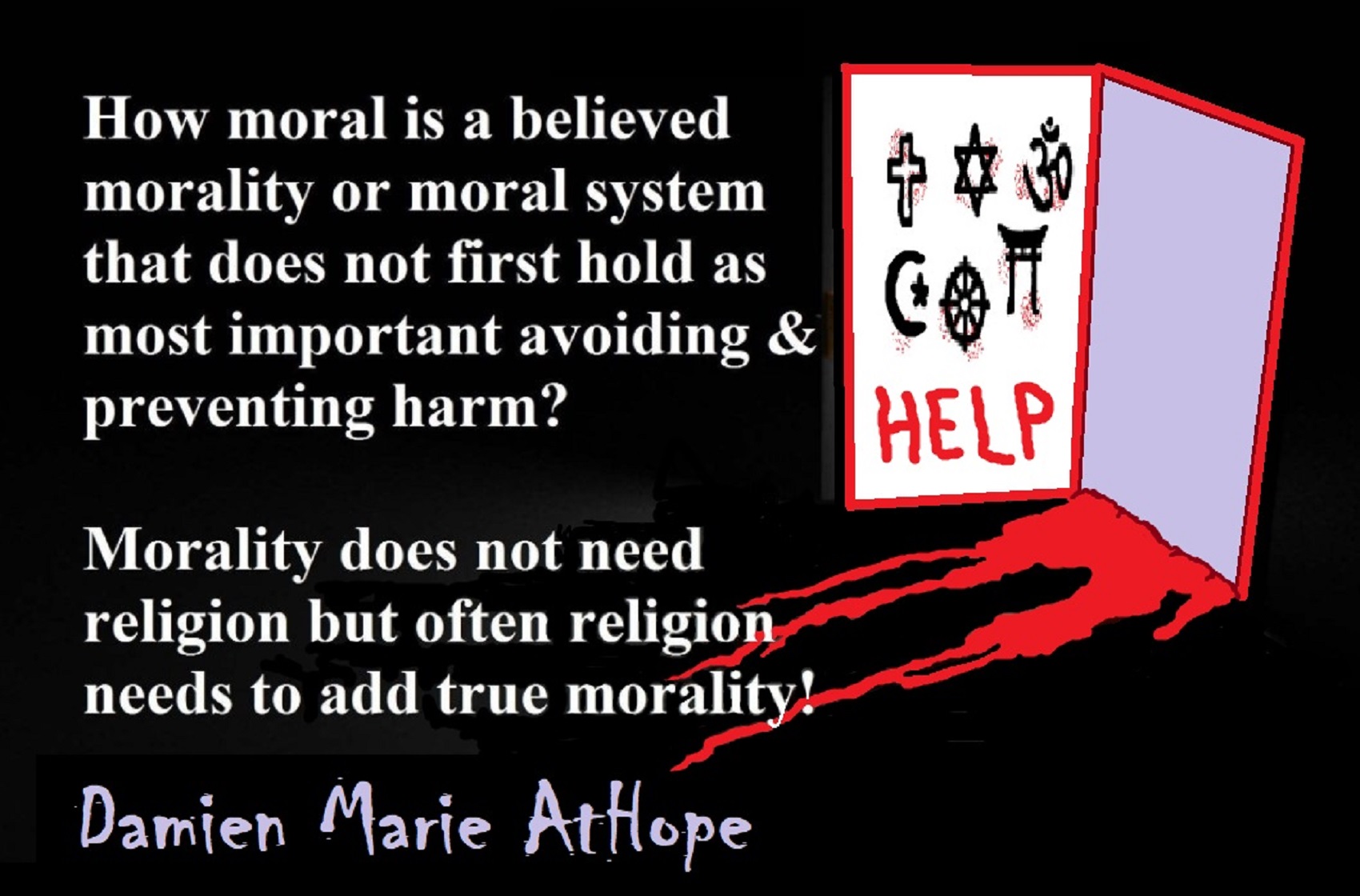
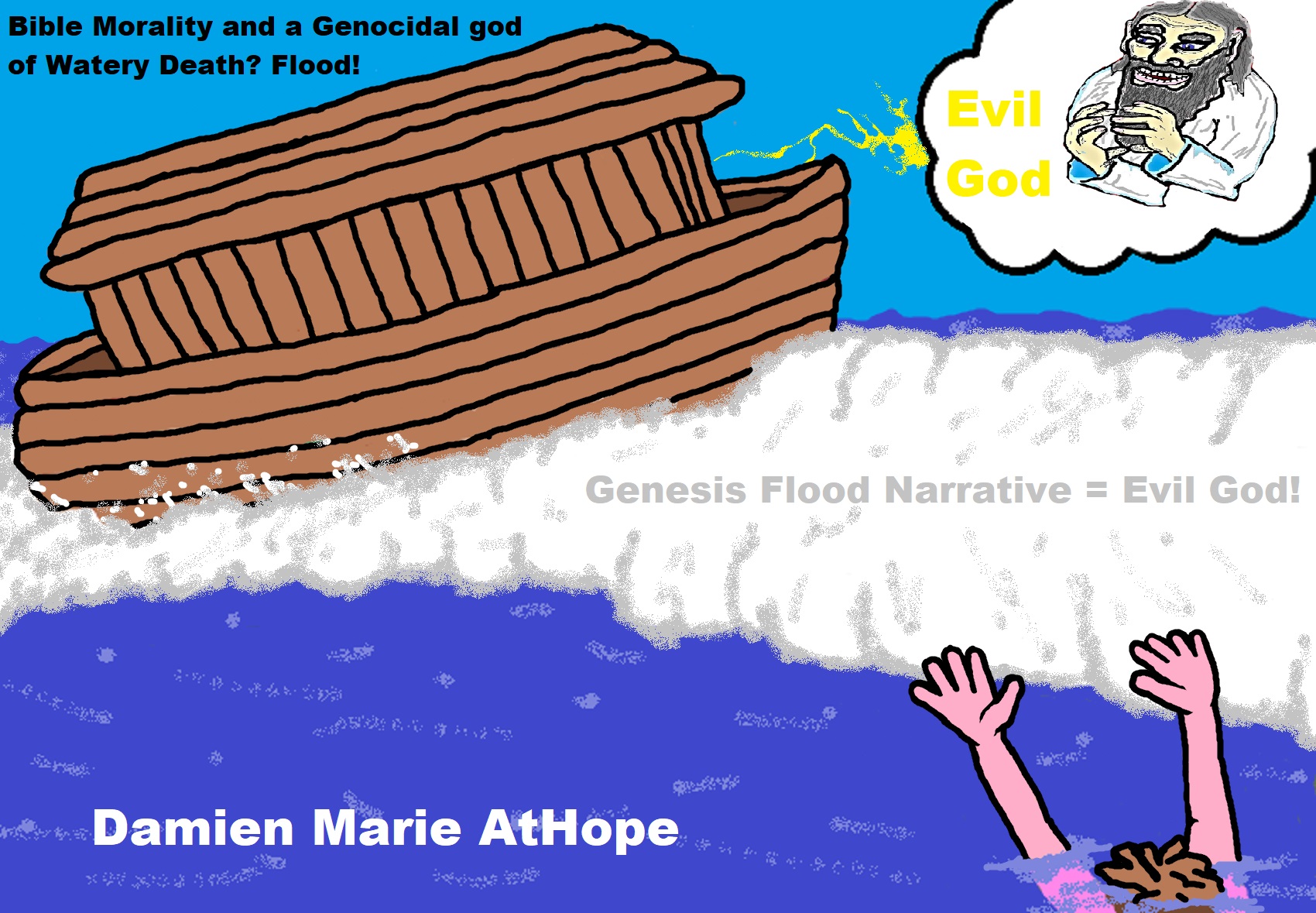
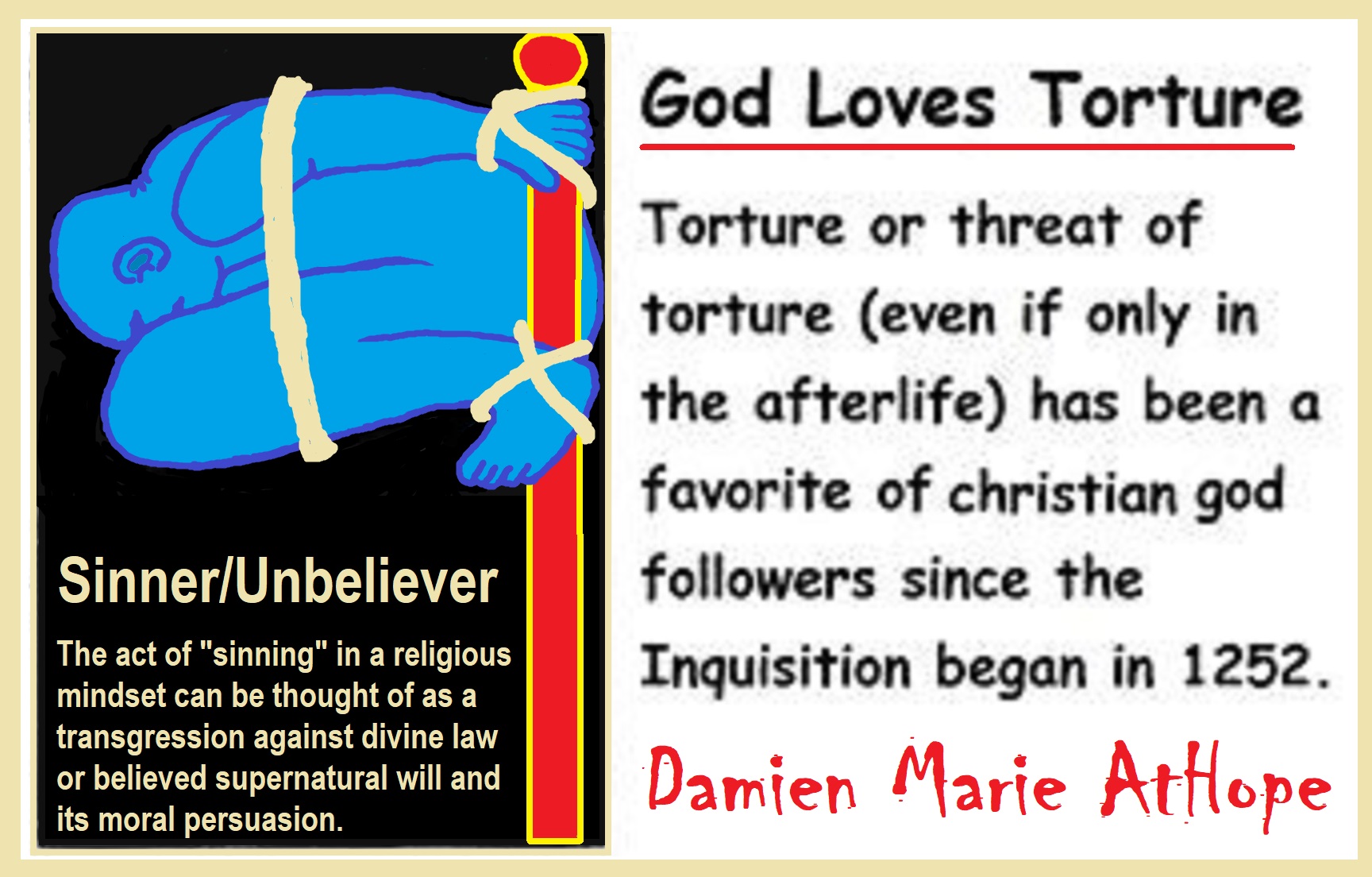
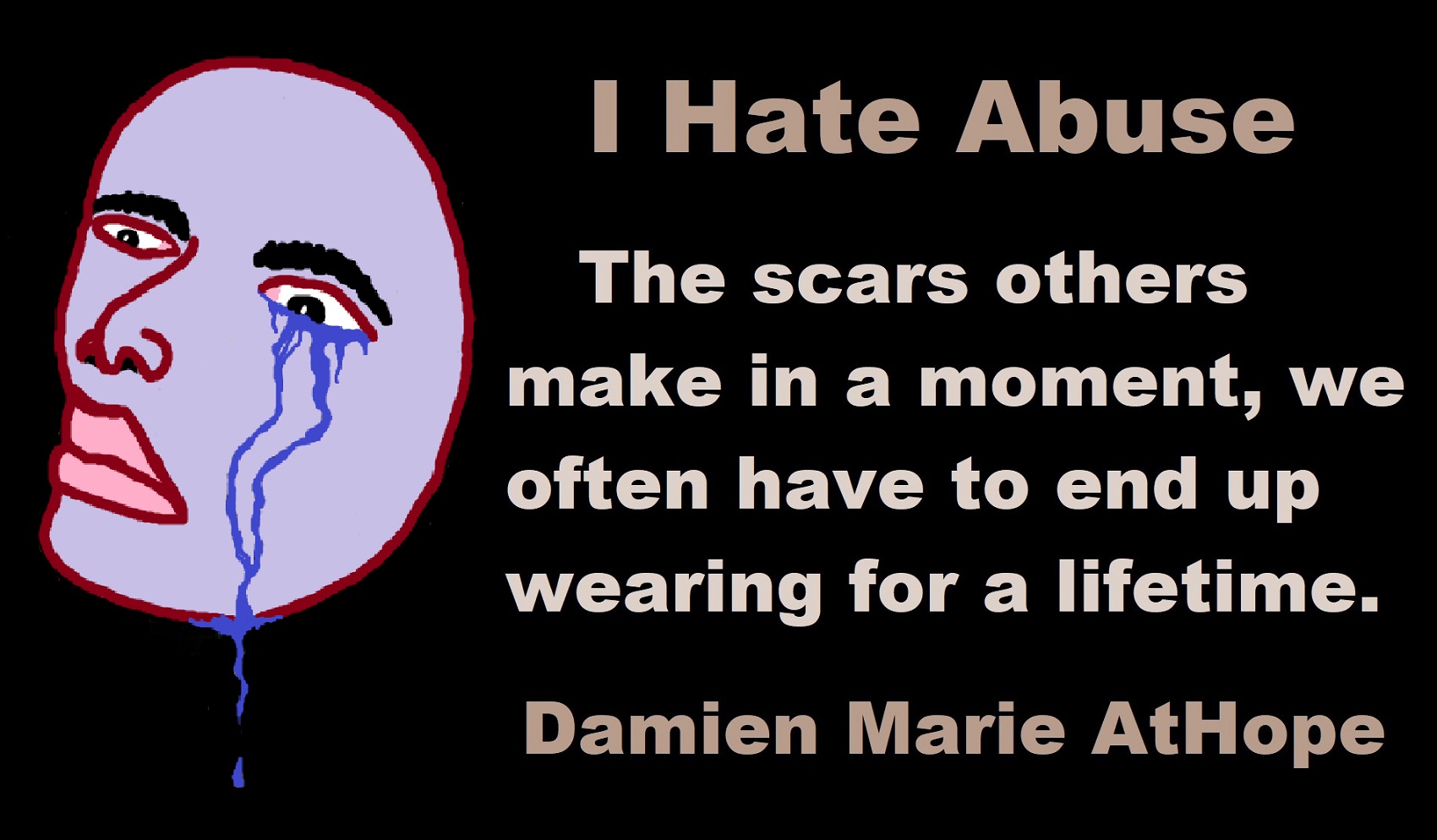
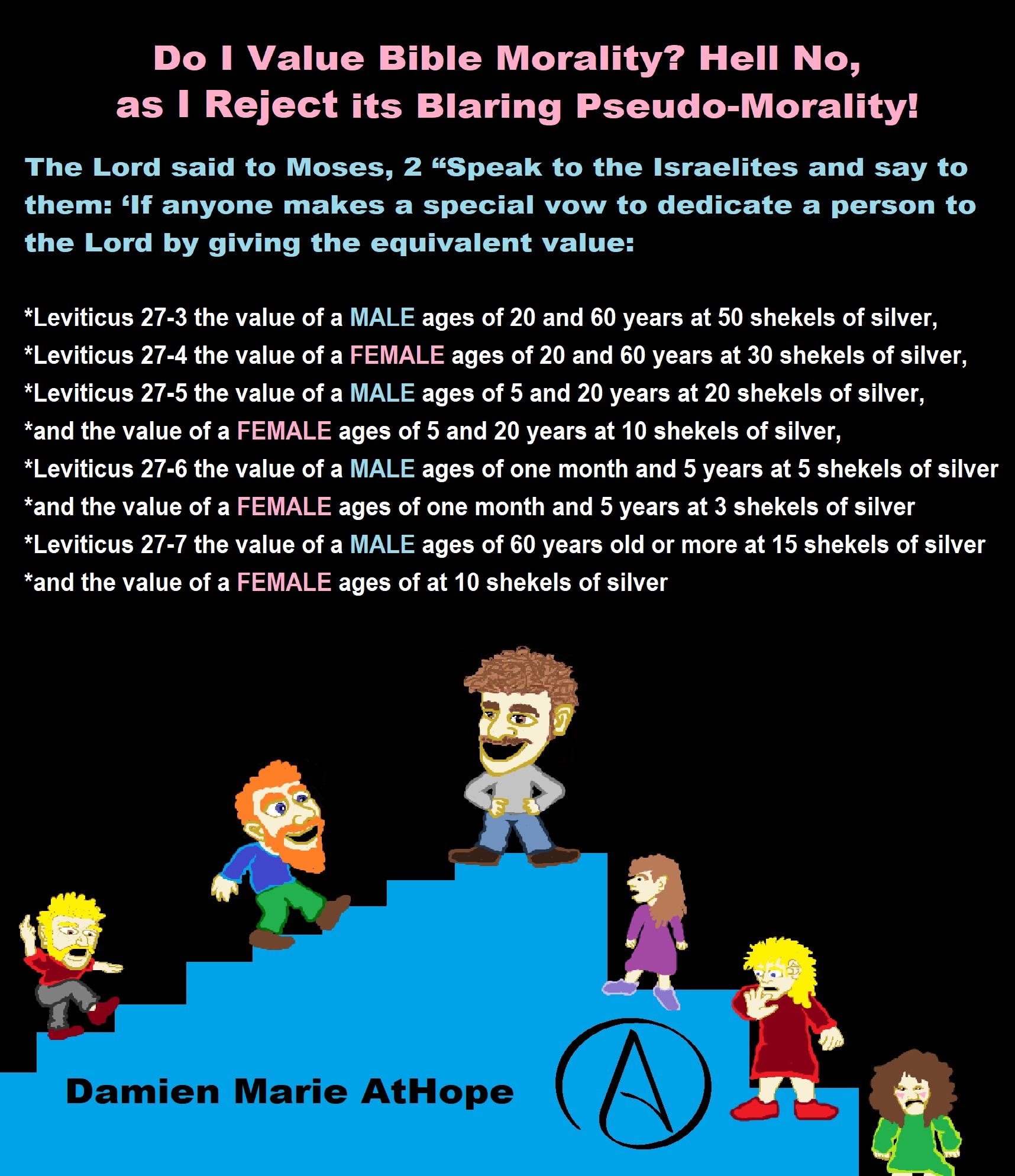

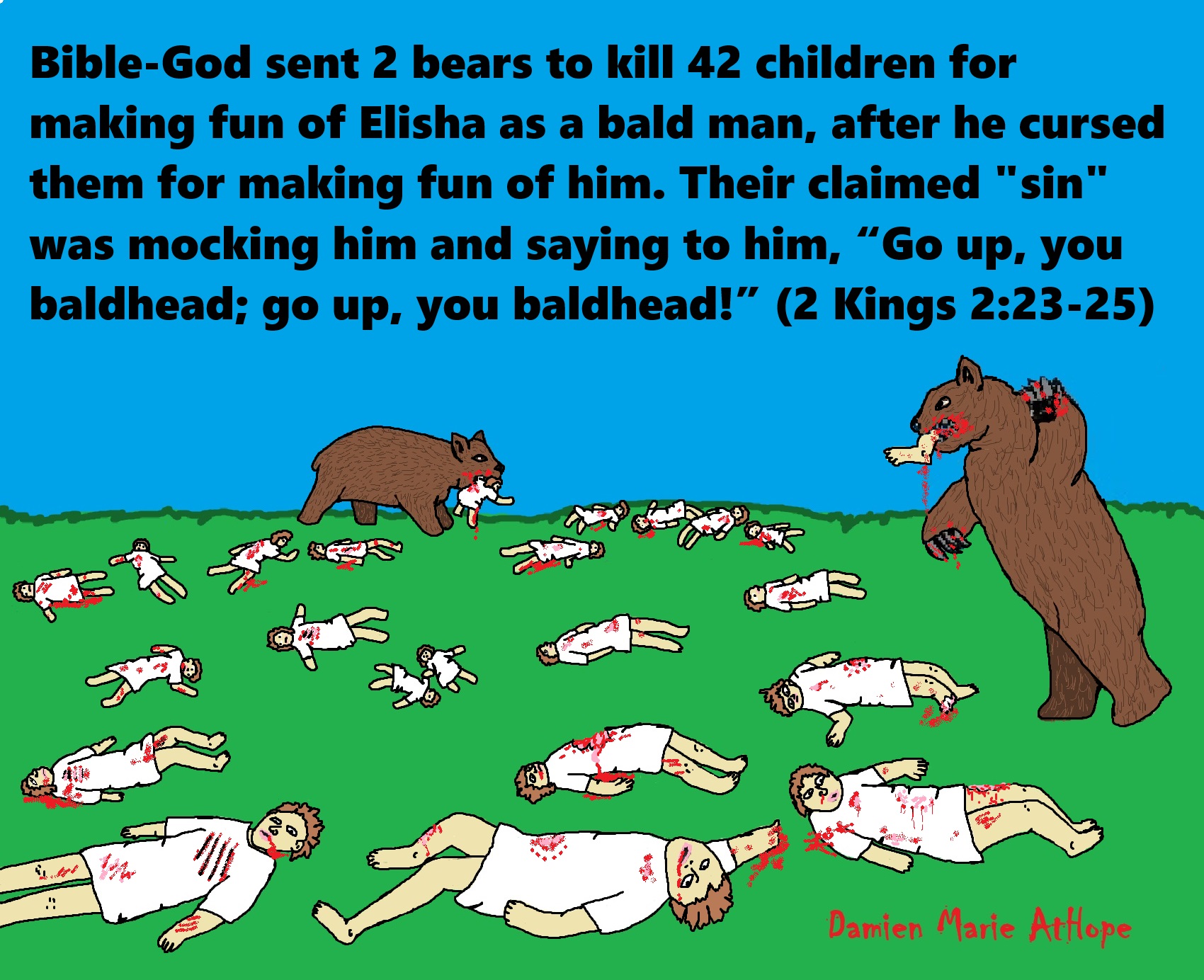
Bible-God sent 2 bears to kill 42 children for making fun of Elisha as a bald man, after he cursed them for making fun of him. Their claimed “sin” was mocking him and saying to him, “Go up, you baldhead; go up, you baldhead!” (2 Kings 2:23-25) https://www.biblegateway.com/passage/?search=2%20Kings%202%3A23-25&version=NIV
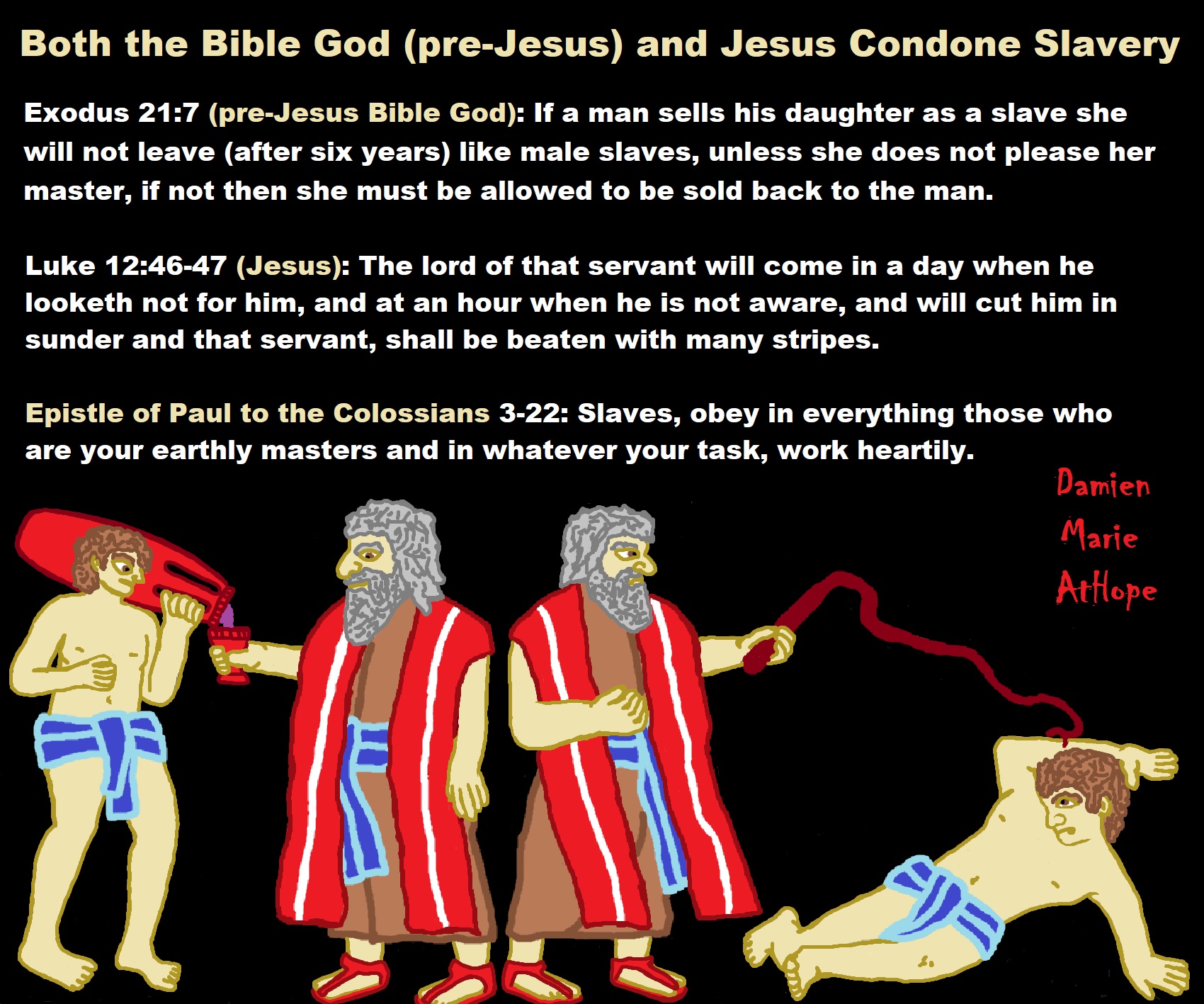




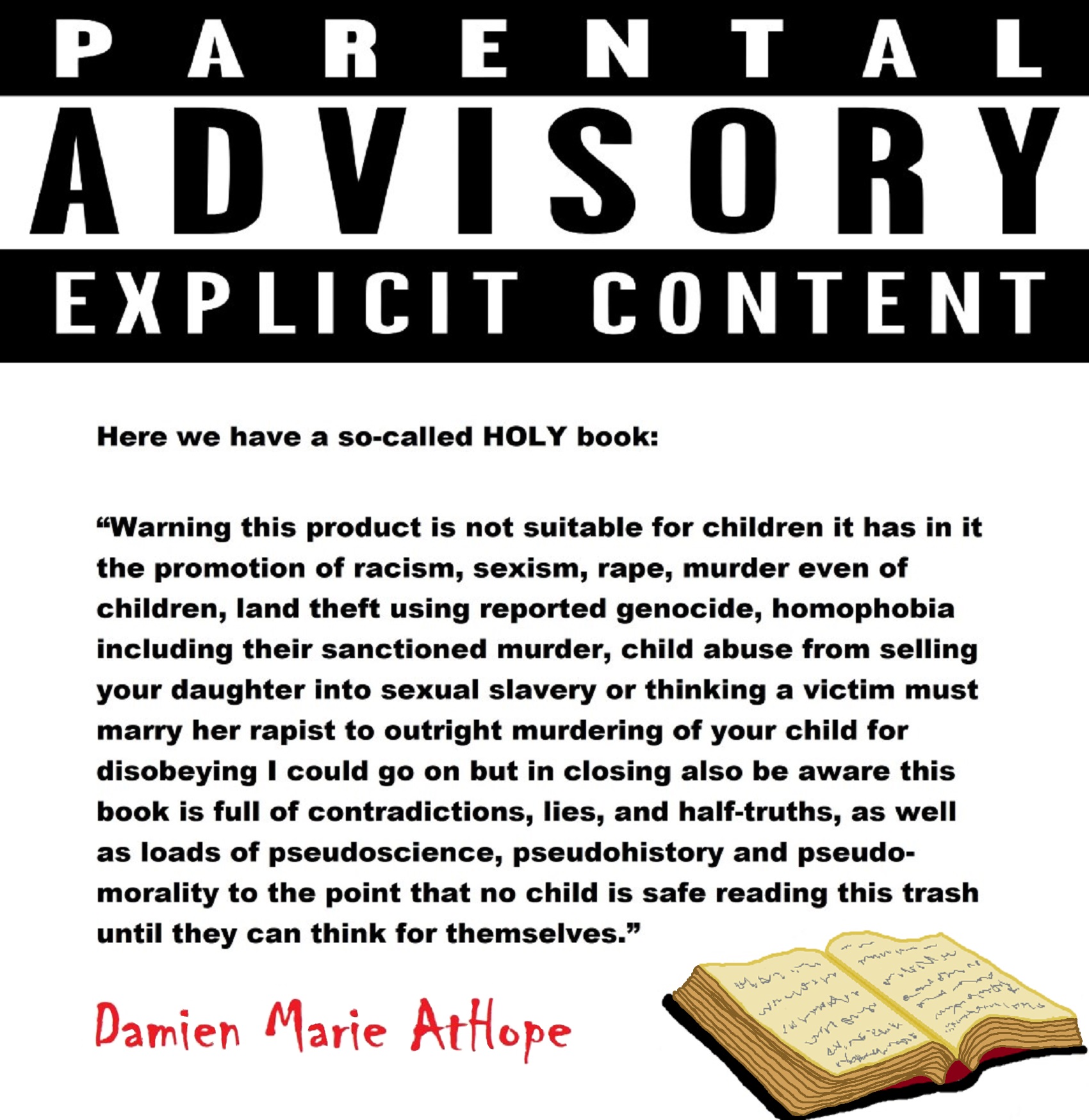
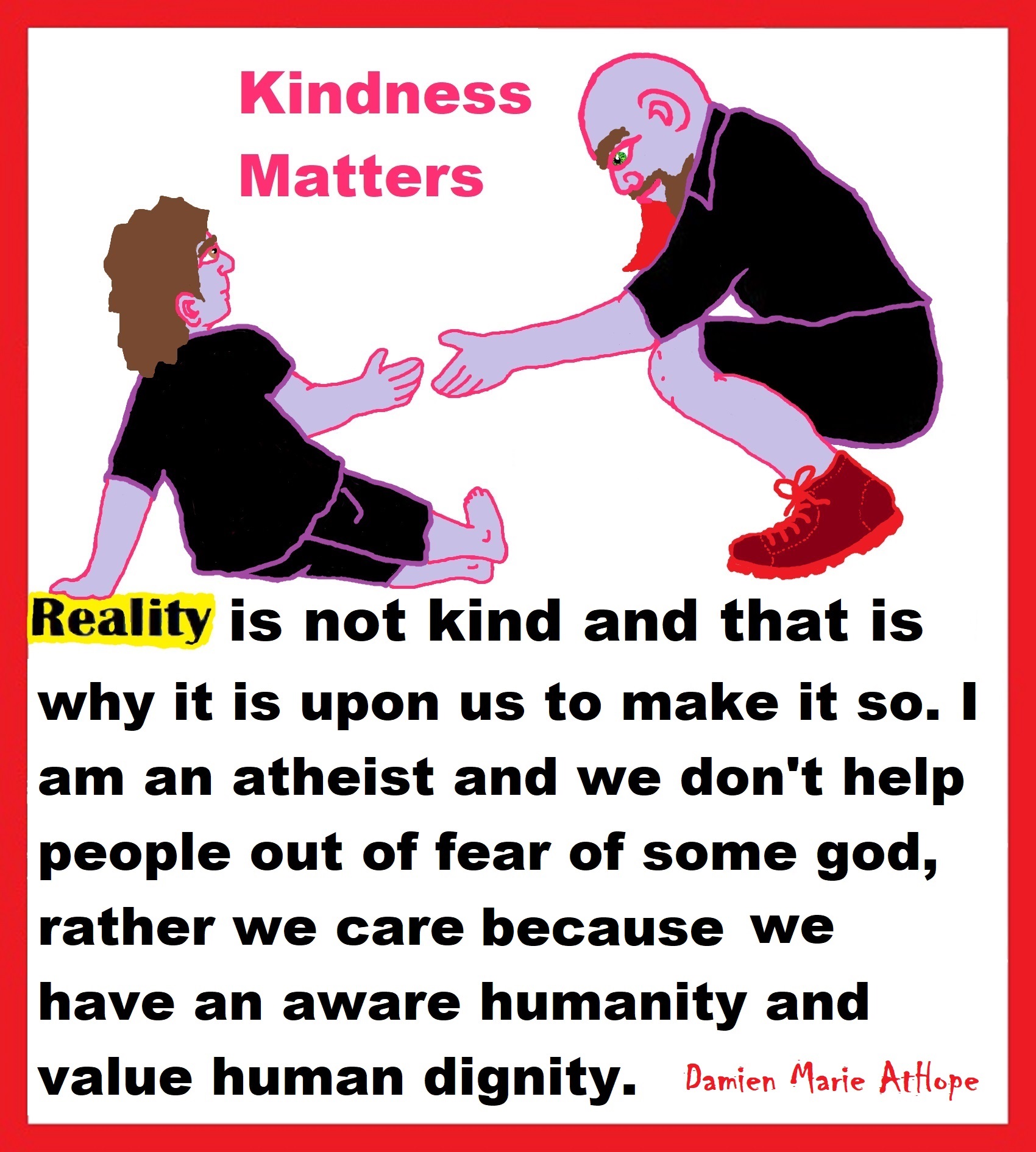


While hallucinogens are associated with shamanism, it is alcohol that is associated with paganism.
The Atheist-Humanist-Leftist Revolutionaries Shows in the prehistory series:
Show two: Pre-animism 300,000 years old and animism 100,000 years old: related to “Anarchism and Socialism”
Show tree: Totemism 50,000 years old: related to “Anarchism and Socialism”
Show four: Shamanism 30,000 years old: related to “Anarchism and Socialism”
Show five: Paganism 12,000 years old: related to “Anarchism and Socialism”
Show six: Emergence of hierarchy, sexism, slavery, and the new male god dominance: Paganism 7,000-5,000 years old: related to “Anarchism and Socialism” (Capitalism) (World War 0) Elite and their slaves!
Prehistory: related to “Anarchism and Socialism” the division of labor, power, rights, and recourses: VIDEO
Pre-animism 300,000 years old and animism 100,000 years old: related to “Anarchism and Socialism”: VIDEO
Totemism 50,000 years old: related to “Anarchism and Socialism”: VIDEO
Shamanism 30,000 years old: related to “Anarchism and Socialism”: VIDEO
Paganism 12,000 years old: related to “Anarchism and Socialism” (Pre-Capitalism): VIDEO
Paganism 7,000-5,000 years old: related to “Anarchism and Socialism” (Capitalism) (World War 0) Elite and their slaves: VIEDO
Paganism 5,000 years old: progressed organized religion and the state: related to “Anarchism and Socialism” (Kings and the Rise of the State): VIEDO
Paganism 4,000 years old: related to “Anarchism and Socialism” (First Moralistic gods, then the Origin time of Monotheism): VIEDO
I do not hate simply because I challenge and expose myths or lies any more than others being thought of as loving simply because of the protection and hiding from challenge their favored myths or lies.
The truth is best championed in the sunlight of challenge.
An archaeologist once said to me “Damien religion and culture are very different”
My response, So are you saying that was always that way, such as would you say Native Americans’ cultures are separate from their religions? And do you think it always was the way you believe?
I had said that religion was a cultural product. That is still how I see it and there are other archaeologists that think close to me as well. Gods too are the myths of cultures that did not understand science or the world around them, seeing magic/supernatural everywhere.
I personally think there is a goddess and not enough evidence to support a male god at Çatalhöyük but if there was both a male and female god and goddess then I know the kind of gods they were like Proto-Indo-European mythology.
This series idea was addressed in, Anarchist Teaching as Free Public Education or Free Education in the Public: VIDEO
Our 12 video series: Organized Oppression: Mesopotamian State Force and the Politics of power (9,000-4,000 years ago), is adapted from: The Complete and Concise History of the Sumerians and Early Bronze Age Mesopotamia (7000-2000 BC): https://www.youtube.com/watch?v=szFjxmY7jQA by “History with Cy“
Show #1: Mesopotamian State Force and the Politics of Power (Samarra, Halaf, Ubaid)
Show #2: Mesopotamian State Force and the Politics of Power
Show #3: Mesopotamian State Force and the Politics of Power (Uruk and the First Cities)
Show #4: Mesopotamian State Force and the Politics of Power (First Kings)
Show #5: Mesopotamian State Force and the Politics of Power (Early Dynastic Period)
Show #6: Mesopotamian State Force and the Politics of Power
Show #7: Mesopotamian State Force and the Politics of Power (Sargon and Akkadian Rule)
Show #9: Mesopotamian State Force and the Politics of Power (Gudea of Lagash and Utu-hegal)
Show #12: Mesopotamian State Force and the Politics of Power (Aftermath and Legacy of Sumer)

The “Atheist-Humanist-Leftist Revolutionaries”
Cory Johnston ☭ Ⓐ Atheist Leftist @Skepticallefty & I (Damien Marie AtHope) @AthopeMarie (my YouTube & related blog) are working jointly in atheist, antitheist, antireligionist, antifascist, anarchist, socialist, and humanist endeavors in our videos together, generally, every other Saturday.
Why Does Power Bring Responsibility?
Think, how often is it the powerless that start wars, oppress others, or commit genocide? So, I guess the question is to us all, to ask, how can power not carry responsibility in a humanity concept? I know I see the deep ethical responsibility that if there is power their must be a humanistic responsibility of ethical and empathic stewardship of that power. Will I be brave enough to be kind? Will I possess enough courage to be compassionate? Will my valor reach its height of empathy? I as everyone, earns our justified respect by our actions, that are good, ethical, just, protecting, and kind. Do I have enough self-respect to put my love for humanity’s flushing, over being brought down by some of its bad actors? May we all be the ones doing good actions in the world, to help human flourishing.
I create the world I want to live in, striving for flourishing. Which is not a place but a positive potential involvement and promotion; a life of humanist goal precision. To master oneself, also means mastering positive prosocial behaviors needed for human flourishing. I may have lost a god myth as an atheist, but I am happy to tell you, my friend, it is exactly because of that, leaving the mental terrorizer, god belief, that I truly regained my connected ethical as well as kind humanity.
Cory and I will talk about prehistory and theism, addressing the relevance to atheism, anarchism, and socialism.
At the same time as the rise of the male god, 7,000 years ago, there was also the very time there was the rise of violence, war, and clans to kingdoms, then empires, then states. It is all connected back to 7,000 years ago, and it moved across the world.
Cory Johnston: https://damienmarieathope.com/2021/04/cory-johnston-mind-of-a-skeptical-leftist/?v=32aec8db952d
The Mind of a Skeptical Leftist (YouTube)
Cory Johnston: Mind of a Skeptical Leftist @Skepticallefty
The Mind of a Skeptical Leftist By Cory Johnston: “Promoting critical thinking, social justice, and left-wing politics by covering current events and talking to a variety of people. Cory Johnston has been thoughtfully talking to people and attempting to promote critical thinking, social justice, and left-wing politics.” http://anchor.fm/skepticalleft
Cory needs our support. We rise by helping each other.
Cory Johnston ☭ Ⓐ @Skepticallefty Evidence-based atheist leftist (he/him) Producer, host, and co-host of 4 podcasts @skeptarchy @skpoliticspod and @AthopeMarie
Damien Marie AtHope (“At Hope”) Axiological Atheist, Anti-theist, Anti-religionist, Secular Humanist. Rationalist, Writer, Artist, Poet, Philosopher, Advocate, Activist, Psychology, and Armchair Archaeology/Anthropology/Historian.
Damien is interested in: Freedom, Liberty, Justice, Equality, Ethics, Humanism, Science, Atheism, Antiteism, Antireligionism, Ignosticism, Left-Libertarianism, Anarchism, Socialism, Mutualism, Axiology, Metaphysics, LGBTQI, Philosophy, Advocacy, Activism, Mental Health, Psychology, Archaeology, Social Work, Sexual Rights, Marriage Rights, Woman’s Rights, Gender Rights, Child Rights, Secular Rights, Race Equality, Ageism/Disability Equality, Etc. And a far-leftist, “Anarcho-Humanist.”
I am not a good fit in the atheist movement that is mostly pro-capitalist, I am anti-capitalist. Mostly pro-skeptic, I am a rationalist not valuing skepticism. Mostly pro-agnostic, I am anti-agnostic. Mostly limited to anti-Abrahamic religions, I am an anti-religionist.
To me, the “male god” seems to have either emerged or become prominent around 7,000 years ago, whereas the now favored monotheism “male god” is more like 4,000 years ago or so. To me, the “female goddess” seems to have either emerged or become prominent around 11,000-10,000 years ago or so, losing the majority of its once prominence around 2,000 years ago due largely to the now favored monotheism “male god” that grow in prominence after 4,000 years ago or so.
My Thought on the Evolution of Gods?
Animal protector deities from old totems/spirit animal beliefs come first to me, 13,000/12,000 years ago, then women as deities 11,000/10,000 years ago, then male gods around 7,000/8,000 years ago. Moralistic gods around 5,000/4,000 years ago, and monotheistic gods around 4,000/3,000 years ago.


Damien Marie AtHope (Said as “At” “Hope”)/(Autodidact Polymath but not good at math):
Axiological Atheist, Anti-theist, Anti-religionist, Secular Humanist, Rationalist, Writer, Artist, Jeweler, Poet, “autodidact” Philosopher, schooled in Psychology, and “autodidact” Armchair Archaeology/Anthropology/Pre-Historian (Knowledgeable in the range of: 1 million to 5,000/4,000 years ago). I am an anarchist socialist politically. Reasons for or Types of Atheism
My Website, My Blog, & Short-writing or Quotes, My YouTube, Twitter: @AthopeMarie, and My Email: damien.marie.athope@gmail.com
